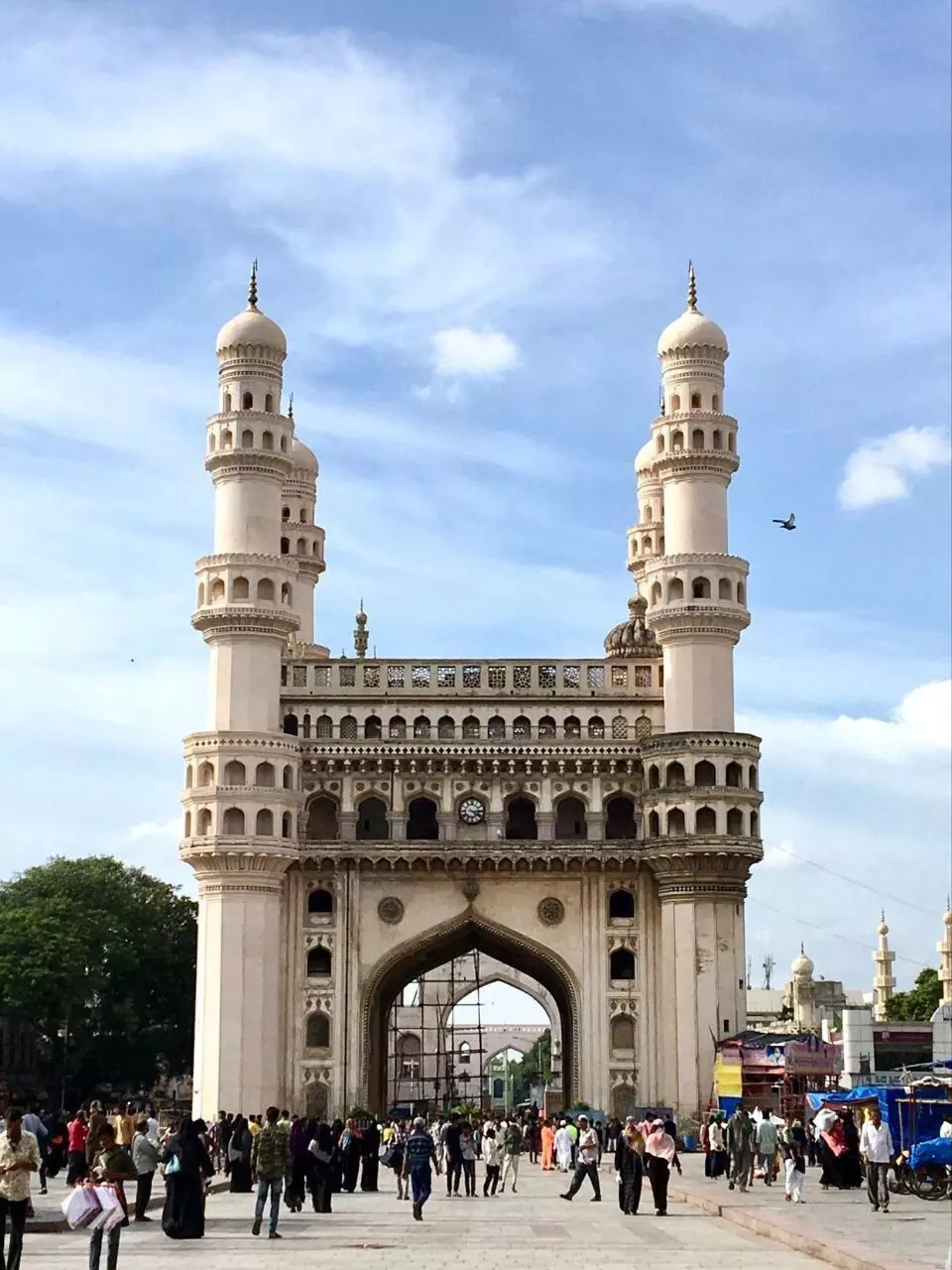Nearly 400 Years Ago, Charminar was almost demolished
Charminar is one of the most iconic monuments of South India
By Syed Khaled Shahbaaz
Charminar (Twitter)
Hyderabad: Do you know Charminar, the pride of Hyderabad and one of the most iconic monuments of South India, was almost demolished nearly 400 years ago?
In the 16th century, when Mughal ruler Aurangzeb invaded the Golconda province, his army is said to have razed many monuments of the era.
“Aurangzeb heard about a magnificent palace in Hyderabad, and was told that it was the Daad Mahal,” said Dr. Syed Taqui Abedi, world-renowned Urdu writer, historian, and critic. However, the Mughal ruler disliked it and said it was Shaddad Mahal, meaning the palace of Shaddad, an impious ruler who proclaimed himself as God and attempted to build his version of Paradise on earth. Along with the demolition of Daad Mahal, the demolition of Charminar was also ordered.
However, it was the vision of Hyderabad’s architect Mir Momin Astarabadi that saved the magnificent Charminar from the wrath of the wrecking ball.
Dr. Taqui was delivering a lecture on the life and works of Dr. Mohiuddin Quadri Zor after the release of the voluminous 1072-page book “The Collections of Dr. Taqi Abedi” in Hyderabad.
Dr. Taqi Abedi
Dr. Zor was an eminent Urdu scholar, critic, writer, poet and the first Hyderabadi to be awarded a Ph.D. from England in 1929.
Dr Taqui has researched extensively on Zor and is considered an authority on his literary works and contributions.
Referring to the writings of Dr. Zor, Dr. Taqui Abedi said “It was Dr. Zor who discovered that the founder of Hyderabad Quli Qutub Shah is the first Urdu poet and his anthology comprises 50,000 couplets.” Dr. Zor also founded the Aiwan-e-Urdu at Punjagutta in Hyderabad, which houses rare books, manuscripts, a huge collection of Urdu books, and a center for Urdu learning.
Referring to Dr. Zor’s writings, Dr. Taqi Abedi said: “Had it not been for the mosque at its top, Charminar would have been razed. Hyderabad’s architect Mir Momin consecrated Charminar by building a mosque at its top. When Aurangzeb’s advisers told him that the Charminar cannot be demolished as it houses a mosque, Aurangzeb agreed and spared this monument.”
Charminar is built on the lines of Hazra Imam Reza's mausoleum in Mashhad in Iran, by Quli Qutub Shah in 1591 at the center of Hyderabad, marking the development of a new city. Many thriving markets emerged in its vicinity, and it soon became the cynosure of Hyderabad’s architectural heritage.
In the years that followed, Charminar gradually became a symbol of Hyderabad Deccan personifying the city's rich heritage and culture. Nearly 432 years on, Charminar stands as the symbol of Hyderabad’s pride and is one of the most recognized monuments across the world. It is also etched in the government of Telangana’s official emblem ever since the formation of the State in 2014.